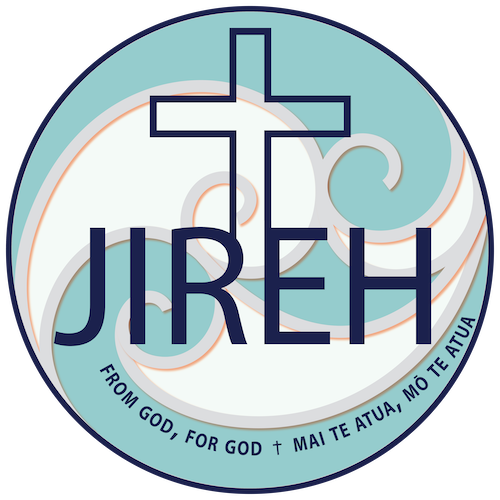Assessment
Rationale
The assessment capabilities of teachers and students underpin effective learning. Students who are involved in their learning can be thought of as assessment-capable or active learners. They know what they need to learn, where they are with that learning and what their next learning steps are. To enable students to take charge of their learning, they need to be deliberately and systematically taught how to be assessment capable and active in their learning.
Assessment for learning allows teachers and students to understand where they are at, where they are aiming for and how to get there across the curriculum, including the Jireh Student Outcomes.
Assessment of Learning:
- A range of assessment tools are used according to the school-wide assessment overview
- Analysis of data will inform school wide targets, planning and teaching; focus students in reading, writing and mathematics and will be identified by each teacher
- All assessments and data are shared with and understood by students to support effective goal setting
Assessment for Learning
- provides students with information and guidance so they can plan and manage the next steps in their learning.
- uses information to lead from what has been learned to what needs to be learned next.
- Teacher and student practices that provide information to inform teaching and learning that may include:
* day-to-day activities, such as learning conversations
* a simple mental note taken by the teacher during observation
* student self and peer assessments
* a detailed analysis of a student’s work
* assessment tools, which may be written items, structured interview questions, or items teachers make up themselves
* student voice data collected, analysed and used relating to their learning, goals, next steps and disposition
What matters most is not so much the form of the assessment, but how the information gathered is used to improve teaching and learning
Assessment as Learning:
- Clear and accessible learning progressions are understood by all in the school community
- Understanding of what progress looks like for both teachers and students
- Learning Intentions are clearly understood by students and success criteria co-constructed
- Use of exemplars to assist in clarity of expectations
- Descriptive feedback from teacher and peers; that is acted upon
- Students’ ability to know and articulate:
* Where am I going? What are my goals?
* How am I going? What progress is being made towards the goal?
* Where to next? What activities need to be undertaken next to better progress?
Reporting to parents
Rationale
Reciprocal sharing of information between home and school underpins all reporting processes, recognising the valuable role that parents, caregivers and whānau play in supporting their child’s learning. Students are actively involved in the reporting process and are expected to take increasing levels of responsibility for reporting their own progress.
Written reports are given out at the end of terms 2 and 4. Written reports indicate clearly progress made toward achieving national standards. In addition, information relating to progress across the curriculum and the Jireh Christian School competencies and values are included in written reports.
In addition to the formal reporting to parents’ process, regular and on-going communication via e-mail or personal contact between home and school ensures all parties have access to current information pertaining to student welfare and achievement.
Reporting to parents occurs four times a year in the following format:
- End of Term 1: Student Learning Conference
- End of Term 2: Online reports
- End of Term 3: Student Learning Conference
- End of Term 4: Online reports
